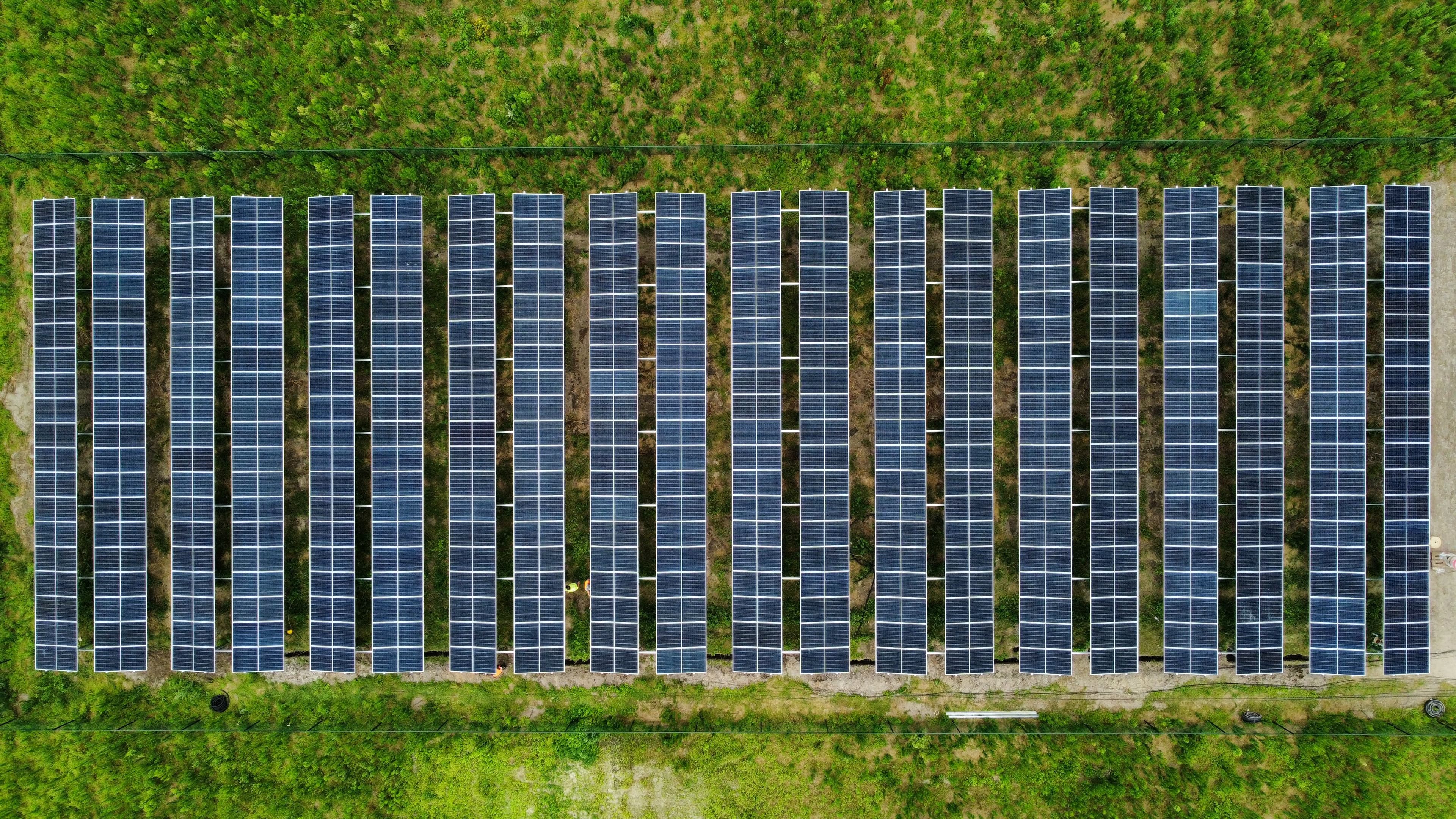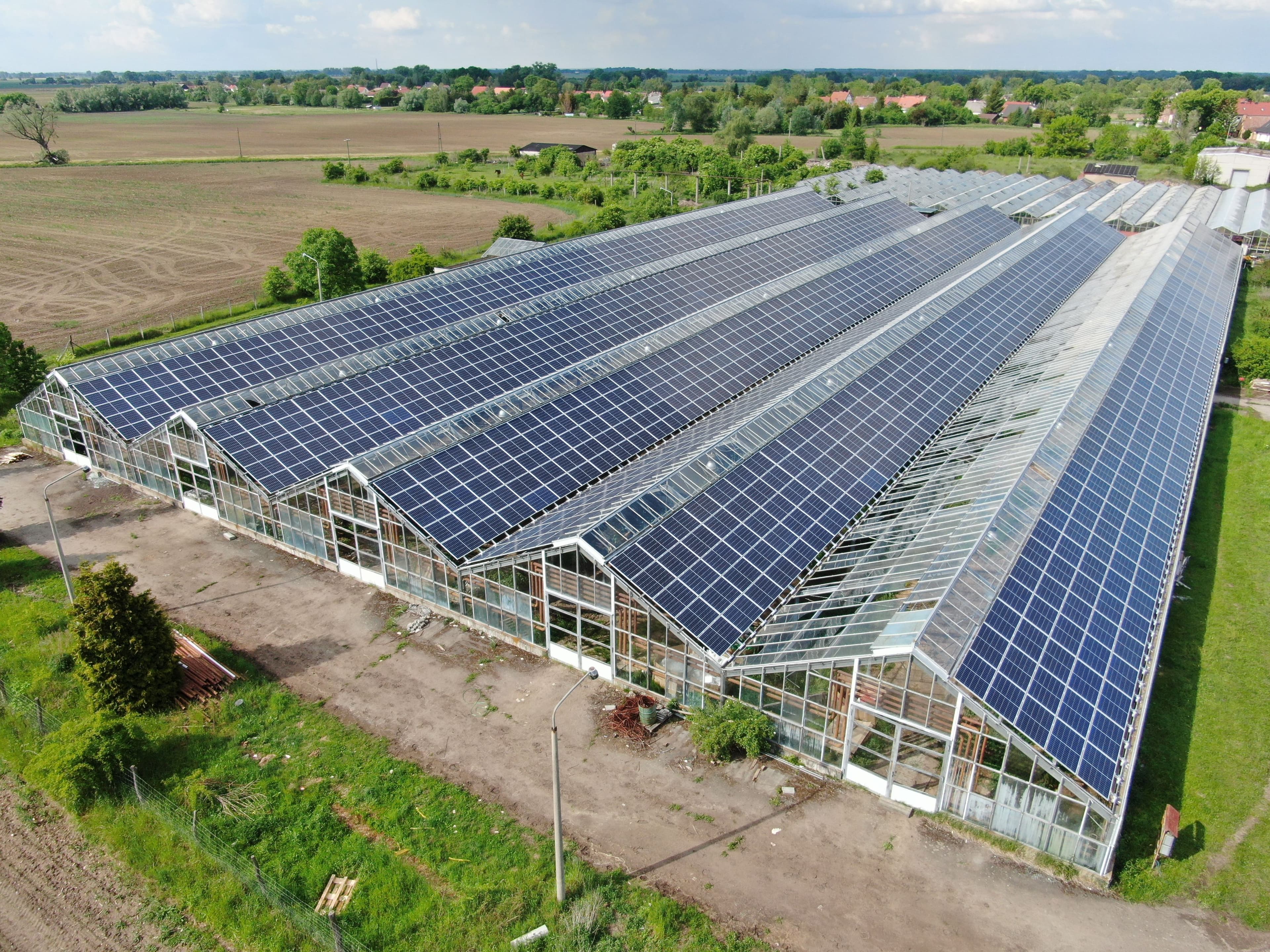Central European countries could develop up to 180 GW of agrivoltaic capacity. Beyond power generation, some crops benefit significantly from the shade provided by PV panels. Yields of shade-tolerant crops, which account for roughly a quarter of total agricultural production, could increase by up to 16%. In total, agrivoltaics could generate 191 TWh of clean electricity in Central Europe—almost three times the region’s current renewable energy output of approximately 73 TWh. To put this into perspective, just 9% of the electricity produced by agrivoltaics would be sufficient to cover the entire energy demand of the region’s agricultural and food sectors.

Legislative and Governmental Support
Legislative and governmental support plays a crucial role in unlocking the full potential of agrivoltaics. In the Czech Republic, a new regulation introduced at the end of 2024 now formally defines agrivoltaic electricity generation. The law stipulates that photovoltaic installations must allow for agricultural production and clarifies that developers do not need to change land use designation or zoning to implement agrivoltaic projects. Currently, PV installations are permitted in orchards, vineyards, and hop farms, but not on general agricultural fields. However, following a trial period, this restriction is expected to be lifted.
Other European countries have already adopted policies that encourage agrivoltaics. In Germany, Austria, France, Italy, and the Netherlands, regulations allow land to be used for both agriculture and photovoltaics without affecting agricultural subsidies. In Poland, a study on the impact of agrivoltaics on wheat cultivation found that income per hectare could be up to 12 times higher with agrivoltaics than with wheat farming alone. In Austria, a recently enacted renewable energy law includes investment subsidies for both new agrivoltaic installations and the conversion of existing sites.

Agrivoltaics in Practice: Recent Greenbuddies Projects
The construction of agrivoltaic projects is gaining momentum across Europe. Our Greenbuddies installation teams are currently working on several projects:
- Sweden: We recently completed a 5.6 MWp ground-mounted PV plant in the Västergötland Province. This project, which features 8,680 solar panels, 16 inverters, and 4,340 piles, is mounted on trackers with individually tilting panels. It is the largest pilot project of its kind in Europe and involves researchers from Swedish universities studying the integration of solar energy into the Swedish power grid. The first wheat and rapeseed harvest under these panels is planned for 2025.
- The Netherlands: In the Limburg province, we installed a 13.2 MWp ground-mounted PV plant. This project features a combination of a conventional East/West mounting system and an agrivoltaic installation with a capacity of 220 kWp.
- Austria: Our teams are currently working on an agrivoltaic installation in a blueberry field, with a capacity of 1.81 MWp. This project includes 4,764 special bifacial solar panels with transparent stripes, allowing some light to pass through. The installation features a new south-facing mounting system by Zimmermann, with panels elevated at a height of 3 meters. Additionally, special hooks have been integrated to support a trellis system and irrigation for the crops below. This setup enables continuous farming activities while minimizing land occupation and maintaining eligibility for agricultural subsidies in Austria.
- Germany: Even greenhouses can be considered agrivoltaic systems. We recently installed a 0.75 MWp rooftop PV plant on a working greenhouse.
- Belgium: A unique project is planned in Belgium, where greenhouses will be fitted with semi-transparent bifacial panels as roofing.

Agrivoltaics is rapidly emerging as a key innovation in renewable energy and sustainable agriculture. With growing legislative support and ongoing research, it holds immense potential to enhance both energy and food production across Europe.




